Pelvis and Sacro Iliac Joint
The Pelvis and Sacro-Iliac Joint
The base of the trunk is being formed bij the Pelvis and the Sacro-Iliac Joint. It supports the abdomen and links it to the lower limbs.
3 bony parts
Iliac bones (2 pieces, symmetrical)
Os sacrum.
3 joints
2 sacro-iliac joints
Symphysis pubis
The pelvis is a bony ring which is broader superior and smaller inferior.
The female pelvis is more open superior and in general it is shorter than the male pelvis.
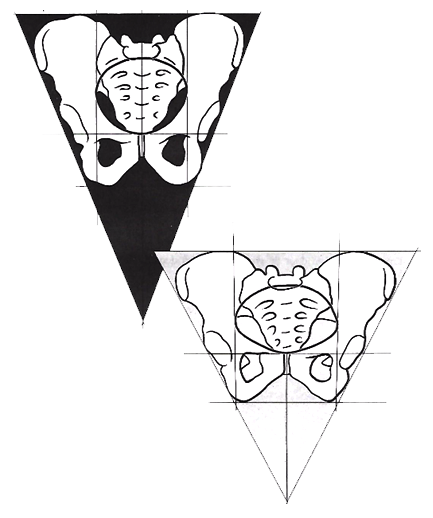
The Pelvis and Sacro-Iliac Joint, Structure of the Bony Pelvis
One of the functions of the pelvis is transmitting forces from the Vertebral Column to the lower limbs.
In a symmetrical standing position forces (gravitational forces) from L5 are being distributed to both alae ilii and the counterforce from below enters the pelvic ring through the femur, collum femorum, acetabulum to the alae ilii and to through os pubis to symphysis pubis.
The sacrum, converging inferior and divergent at the top is between the both os ilii a self-locking system.In a transverse plane, the sacrum is being held in its place by the strong sacro-iliac ligaments and by the compression forces in symphysis pubis.
The interdependence of the individual parts of the pelvis is very strong. If one element is not functioning well, it will affect all the structures and decreases the function of the pelvis as a whole.
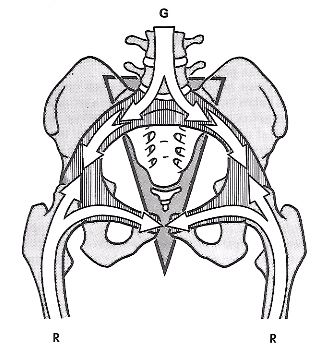
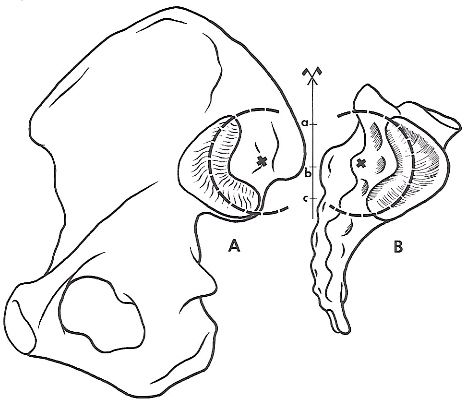
The Pelvis and Sacro-Iliac Joint,
The Articular Surfaces of the Sacro-Iliac Joint.
In general, facies articularis Os Ilii is convex and its counterpart, facies articularis Os Sacrum, is concave. Projections in the transverse plane shows changes on lower levels.
The Pelvis and Sacro-Iliac Joint, the articular facet of the Sacrum
When the curvatures of the Vertebral Column are more pronounced, the sacrum is more horizontal and the sacro-iliac joint is more mobile.
If the curvatures are poorly developed, the sacrum will be more in a vertical state and with less pronounced articular facet and less mobile.
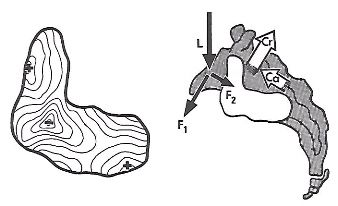
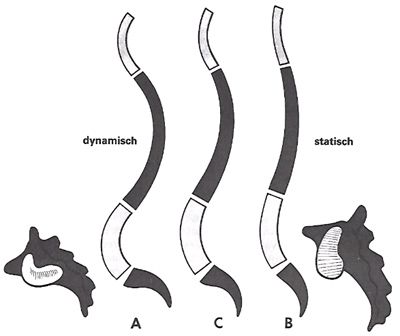
The Pelvis and Sacro-Iliac Joint, the Sacro-Iliac Ligaments
1 iliolumbar ligament (superior)
2 iliolumbar ligament (inferior)
3 sacro-iliac ligament (superior)
4 sacro-iliac ligaments (iliac crest to sacral tubercles S1-S4)
5 anterior plane of the sacro-iliac ligaments
6 sacrospinous ligament
7 sacrotuberous ligament
8 anterior sacro-iliac ligaments (superior)
9 anterior sacro-iliac ligaments (inferior)
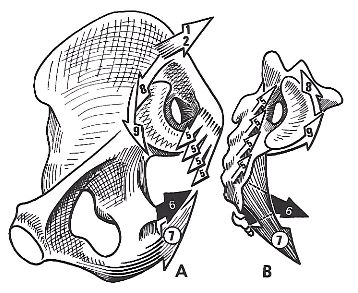
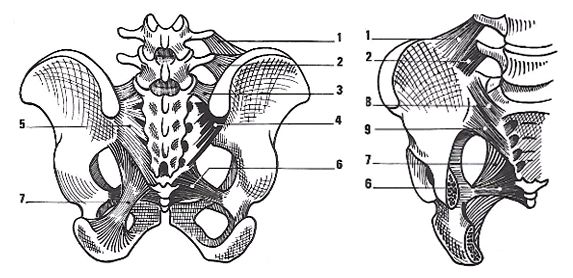
The Pelvis and Sacro-Iliac Joint, Nutation and Counter-Nutation
Classical Theory of Nutation and Counter-Nutation.
Nutation is being limited by
Sacro-spinous ligaments
Sacru-tuberous ligaments
Anterior Sacro-iliac ligaments (inferior and superior)
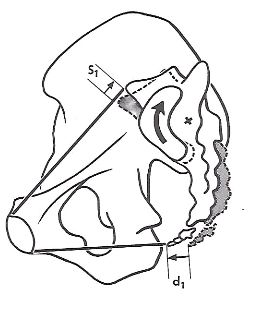
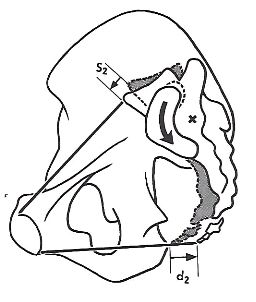
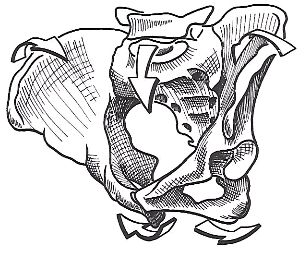
The Pelvis and Sacro-Iliac Joint, the Various Theories of Nutation
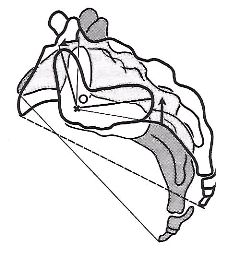
Bonnaire
Axis O
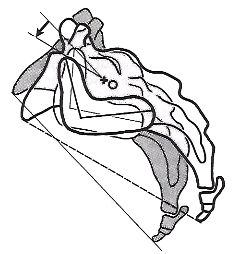
Farabeuf
Axis O
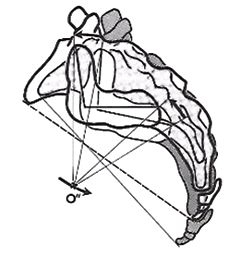
Weisel
Rotational Movement
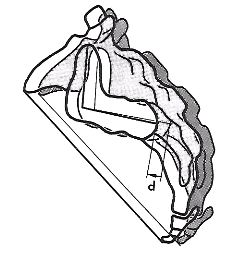
Weisel
Linear displacement














